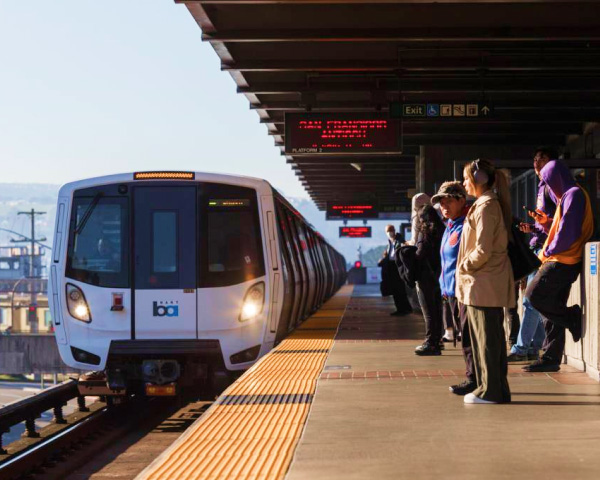In Fresno, where COVID-19 has prompted deployment of the National Guard, many health care workers are unable to work due to COVID-19 exposure or infection, further straining their hospital system, officials said.
Only a third of eligible residents in Fresno County are currently boosted, according to state data.
“The boosted vaccination population is fending off the omicron infections really quickly,” Vohra said. “For the unvaccinated folks, they basically are the ones who are super vulnerable, and those are the ones we’re worried about because they’re the ones that land in the hospitals and ICU.”
North of Fresno, officials in sparsely populated Mariposa County are relying heavily on the state’s MyTurn portal to distribute booster shots. Fewer than a quarter of eligible residents have been boosted.
County Health Officer Dr. Eric Sergienko said mass vaccination clinics have subsided due to decreased demand, fewer resources and privacy concerns in their small community.
“Rather than doing clinics with hundreds, we have clinics through MyTurn that are booked out with 30 to 100 people at our scheduled clinics on Tuesdays and Thursday,” Sergienko said.
Cases and hospitalizations in Mariposa County have trended younger with a majority of cases occurring among those age 20-40 and a majority of hospitalizations among unvaccinated people age 40-55, department spokesperson Lizz Darcy said.
The statewide surge in infections and hospitalizations is expected to peak during the third week of January, experts say. Hospitalizations remain substantially below pre-vaccine levels.
Community organizations and health centers, which have been at the forefront of vaccine education and distribution, say interest in the booster has increased during this current surge.
“It seems our community is much more receptive to receiving the booster than they were originally to get the first dose,” said Bryant Macias, emergency relief supervisor at the United Farm Workers Foundation, which has advocated for priority doses for farmworkers and helped organize clinics.
“The main challenges we have identified are individuals not knowing how long they need to wait before getting the booster shot, whether or not they can get a booster that is different from their initial vaccine, and some folks only wanting the booster if it’s the same kind as their initial dose.”
In agricultural counties, like those in the Central Valley, workplace vaccine clinics played an important role in increasing access last spring. Those events for boosters may not be as visible yet because it’s the off season for many crops. But they’re in the plans, said Irene de Barraicua, director of operations with Líderes Campesinas, a nonprofit network of farmworkers based in Oxnard.
“We’ve heard from counties and workgroups that are enthusiastic about continuing these efforts,” she said.



